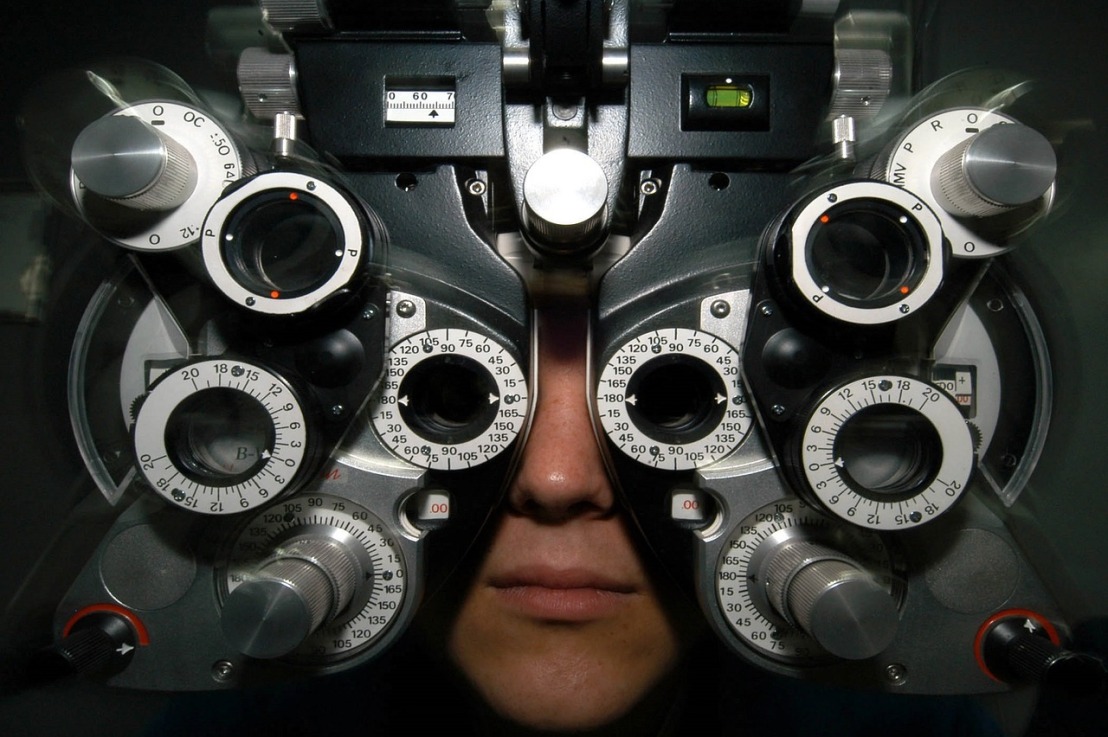An article in the November 8, 2019, issue of the Review of Ophthalmology points out, ophthalmology has often been among the first disciplines to adopt emerging technologies. For example, the introduction of optical coherence tomography for use in diagnosing conditions of the retina brought far-reaching positive changes more than a decade ago. A few years after, ophthalmologists began to make use of viral vectors—a technique in gene therapy whereby new genetic material is introduced into cells.
Today, artificial intelligence offers innovative capabilities for ophthalmologists to diagnose and treat patients in ways that might have previously proven difficult or impossible.
-
Leveraging innovation to help patients
The American Academy of Ophthalmology (AAO) notes the many ways artificial intelligence is already making sweeping changes in the way the discipline is practiced. AI capabilities have given physicians the opportunity to capture more and better images of various parts of the eye, and to achieve faster, more efficient ways of sorting and interpreting the avalanche of images produced. Thanks to AI, ophthalmologists can more easily and accurately diagnose diseases, and treat them more effectively.
-
Improved objectivity
Experts consulted by the AAO note that AI gives the same answer to the same data time after time, providing an objective measure not subject to the vagaries of human judgment. By using AI strategically, ophthalmologists often can overcome the common dilemma inherent in varying professional opinions, zeroing in on an answer or insight derived squarely from the data at hand.
-
A focus on diseases of the retina
Diseases of the retina particularly lend themselves to diagnosis and treatment with the help of AI. One exciting recent example is a deep learning AI system designed by Google Brain that has “learned” how to identify signs of diabetic macular edema and diabetic retinopathy based on scanning photographs of the fundus, which is the interior surface of the eye that includes the retina.
AI systems have also been “taught” to detect other diseases affecting the retina. These include the common age-related macular degeneration, as well as retinopathy of prematurity and reticular pseudodrusen. This last-named condition is one involving deposits and lesions under the retina, often in the macula.

-
Beyond the retina
AI has the ability to transform the practice of medicine in screening for and treating numerous other conditions of the eye, including glaucoma, pediatric cataract and keratoconus, which occurs when the cornea thins and bulges outward abnormally.
In its October 25, 2018, issue, the British Journal of Ophthalmology also noted that AI, as applied to ocular imaging, can be paired with telemedicine in ways that offer sophisticated means of screening for, diagnosing and treating often-debilitating ophthalmologic diseases.
AI anchored in deep learning systems—networks able to be “trained” through multiple repetitions—has helped physicians obtain clearer images of the fundus, enhance the techniques associated with visual field testing and optical coherence tomography and increase the accuracy of diagnosis.
-
A tool, not a replacement
Some physicians wonder whether the use of AI in clinical practice will render their human skills obsolete. But experts say nothing could be further from the truth. The common refrain among practitioners already comfortable with AI assistance is it represents simply another tool in a wide-ranging professional toolkit. AI, say experienced users, can offer more sensitive diagnostics to pinpoint at-risk patients sooner.
Additionally, it can provide greater specificity in diagnosis, helping a physician to hone in on the fine points of an image or test result. The more sophisticated approach offered by AI systems can help not only in achieving earlier diagnoses of genuine problems, but also in reducing the number of false positives, providing peace of mind to patients and families.
Ophthalmologists don’t need to become highly knowledgeable on the topic of AI itself, experts point out. AI capabilities and algorithms can simply be implanted in the software of diagnostic tools such as optical coherence tomography equipment.
As the April 10, 2019, issue of Ophthalmology Times notes, AI offers human clinicians a broader, deeper foundation for sorting and interpreting data of all descriptions. Using this base, human physicians become more, rather than less, essential to the process as they use person-to-person communication and higher-level insights to develop treatment strategies informed by the work of their AI assistants.
